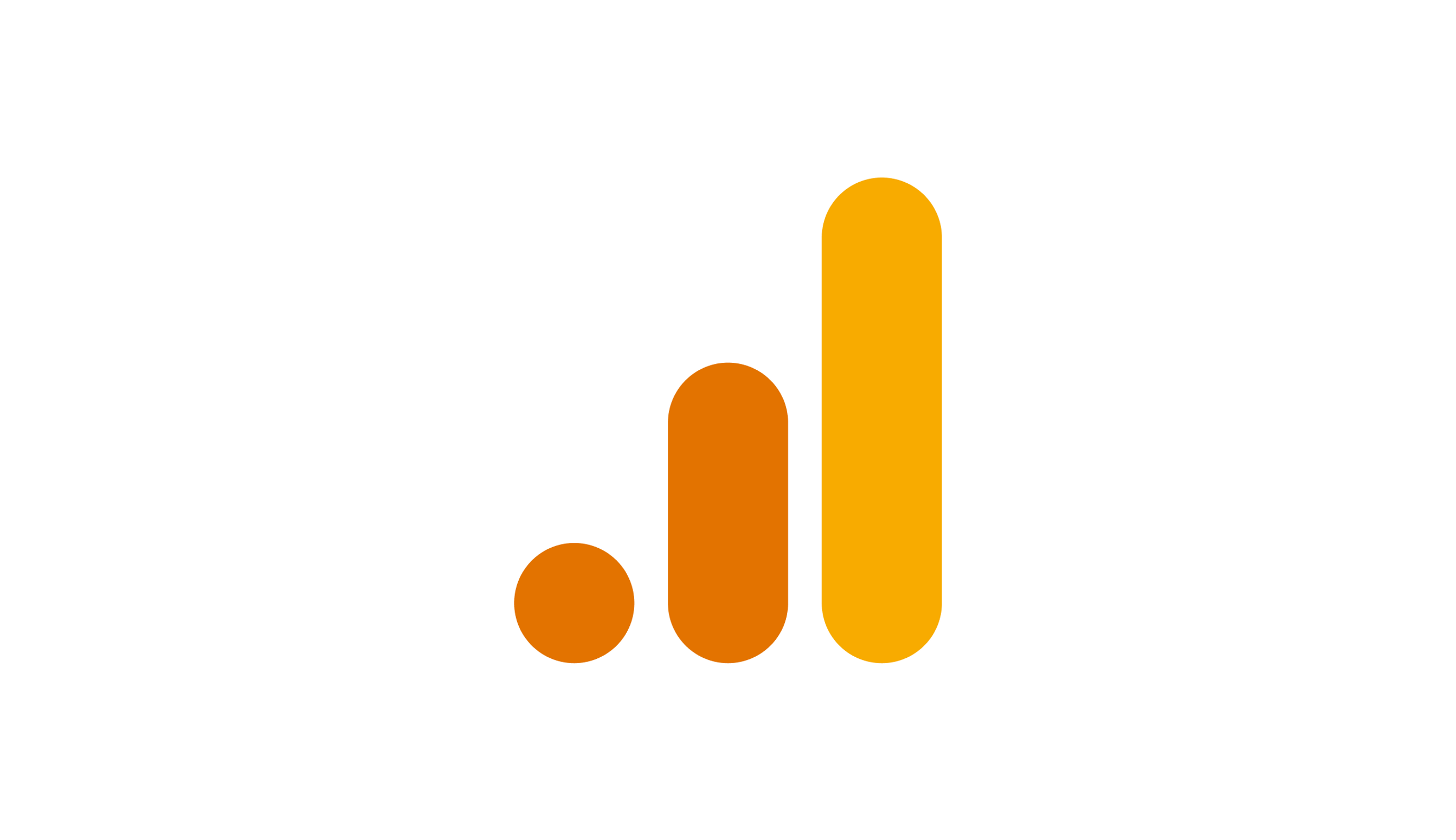A structured, scalable tag plan for Mijn Vattenfall
Vattenfall
- Customer case
- Technical Web Analytics
- Data projects



Nuon became Vattenfall in October 2019. The rebranding was a good reason to optimise Analytics. There was a renewed focus on applying insights from user data in the Mijn Vattenfall environment. The data collected for this was not always reliable. In addition, there was insufficient knowledge and capacity within the department to maintain the Analytics. The energy supplier asked for our help to support them in re-establishing the tagging and analytics of Mijn Vattenfall.
Our approach
We decided to determine from scratch what we were going to measure. This enabled us to set up the design and implementation in a scalable way, together with that of the new Mijn Vattenfall.
In My Vattenfall, customers can arrange things themselves. This includes reporting meter readings, extending contracts and reporting a move. We mapped out these processes with the help of the stakeholders. We sought the answers to questions such as:
- What does the process look like step by step?
- Which data can be used to improve processes?
- Which metrics and dimensions are important for this?
- What information do the Analysts want?
Based on this, we determined what information we wanted to see in the data layer for specific customer interactions. We maintained a continuous dialogue with the stakeholders throughout the entire process.
The result
We delivered a tag plan in collaboration with the Vattenfall Analysts. This contained an extensive instruction for Development. This plan provided a generic format for three types of measurements:
- Page view: certain information must be available on each page
- Forms: For example, each form must have a name and step name
- Interactions: Customer actions such as clicking on buttons and using the menu navigation must be measured. This also includes interaction within forms.
While implementing the tagging plan, we worked a lot with the Development department. We explained to them how to approach the implementation and what information the Analysts would like to see. We also wrote a manual for them with instructions and the code snippets to be reflected in the data layer.
The Development department is now working on a phased implementation of the tagging plan. The foundation for structured and scalable measurements has been laid. This allows Vattenfall to implement data-driven optimisations and make decisions.
Future
The current implementation is set up in such a way that a data analysis package other than Adobe Analytics can also be used. Such a migration will run smoothly. This is because the designed data layer is 'agnostic', which means it can connect to different analytics packages.
Want to know more?
Business Manager Joachim will be happy to talk to you about what we can do for you and your organisation as a data partner.
Business Manager+31(0)20 308 43 90+31(0)6 23 59 83 71joachim.vanbiemen@digital-power.com
Receive data insights, use cases and behind-the-scenes peeks once a month?
Sign up for our email list and stay 'up to data':


